People and their pets crowd to the annual 'blocao' animal carnival parade in rio de janeiro, brazil. As mentioned above, i had seen common marmosets already in the wild in rio de janeiro, but not black.
Channelbilled Toucan Wallpapers Backgrounds
You can definitely see animals when visiting rio de janeiro.

Animals that live in rio de janeiro. The legendary brazilian copacabana beach, located in rio de janeiro, is one of the most dangerous beaches in the world. At the height of under 20cm and weight of just over 250 grams, marmosets are some of the smallest brazilian animals and many of them look like tiny yodas. Nevertheless, there are two more primate species living in the botanical garden in rio de janeiro.
What animals can you see in rio de janeiro. Near the cafeteria, you can see some birds (frigates flying over sugar loaf) as well as small lizards (over the rock after the safety bars). Fazenda modelo, estrada da matriz 4445, guaratiba.
Today it encompasses only 7% of its original size. However, there is one important point: The main official organization responsible for animal protection in rio de janeiro.
Not the poisonous medusae and the wild animals, but the ordinary robbers, whose doomsday sacrifices are daily dozens of people, are the main danger of the beach. The taunay waterfall area of the tijuca national park has more wildlife such as coati, sloths, and squirrels. The most common animal species featured in both of the films are sauropsids.
The lithe capuchin monkeys are named for the hair atop their heads, which resembles monks’ cowls. Although common marmosets are not native to the forests in rio de janeiro, quite many people are interested in seeing these animals. Covering some 32 km², parque nacional da tijuca is the world’s largest urban forest in the city of rio de janeiro.
Expect to come across lots of people, especially in copacabana district, which has 150.000 inhabitants! Both species are of least concern according to the iucn. It was discovered by the portuguese seafarer, concalo coelho on january 1, 1502.
The huge jungle that sprawls outwards from the heart of rio de janeiro and into the surrounding areas is known as the tijuca rainforest and it makes up part of the larger atlantic rainforest that runs from the south of brazil to the north. The bay of rio de janeiro also known as the harbor of rio de janeiro is called guanabara bay by the original native people, the tamoio which means arm of the sea. Sheer granite peaks rise from the ocean between glorious stretches of sand.
Monkeys and rodents and birds, oh my! This forest is one of its kinds because it has been replanted by a man in the early 1900s after years of deforestation for coffee plantations. There are also species of toucan, macaw, parrots, and many others.
Don’t feed the common marmosets! Its incredible biodiversity is reason alone to visit, yet it keeps on giving with dozens of waterfalls, viewpoints, hikes, peaks and monuments. Tijuca national park is home to hundreds of amazonian species of plant and animal life.
In rios tropical rainforest, the flora and fauna are the most diverse in the world. This is the list of animal species (as well as insect species) that appear in rio and rio 2. (most of them being birds) spider mosquito butterfly piranha tree frog snake.
Skyscrapers vie for space with gracefully aging colonial buildings as lush forests tumble down hillsides up to the city limits. Do not expect to see big animals in rio such as elephants, lions, giraffes or big. You can see many animals from sugar loaf mountain in rio de janero, brazil.
You may also see humming birds, tanagers. He called it rio de janeiro which is portuguese for river of january. Backstage of unidos da tijuca carnival.
The brazilian cities are known for the extensive favelas. However, if you do know where to look for them, you can find marmosets even in such major tourist destinations as the coastal town of paraty and the botanical gardens of rio de janeiro. Most brazilians (87%) live in urban centres, mainly along the atlantic coast and in the major cities.
Their servicesinclude free sterilization, clinical care, surgery and adoption of dogs, cats and horses. Sepda (secretaria especial de promoçõ e defesa dos animais): Golfers won’t be the only guests at rio de janeiro’s olympic course for the 2016 summer games.
This is 511 years ago. The atlantic rainforest (mata atlântica) used to cover an area of 1.5 million square kilometers and extended between the states of rio grande do norte and rio grande do sul. Adoption campaigns take place once a week in different areas of the city.
See more water & amusement parks in rio de janeiro on tripadvisor. The biggest cities in brazil are sao paulo, rio de janeiro and brasilia. The usual species is the brown capuchin monkey,.
The still existing areas are found in the states of são paulo, rio de janeiro, minas gerais, espírito santo and paraná. Rio is mainly known for its beautiful birds and exotic plants. Sao paulo, the most populous city of brazil.
“it’s a disgrace,” agreed rosa maria xavier da silva, 53, a street hawker who lives in a squat in central rio and is struggling to feed eight grandchildren with a. These places are best for water & amusement parks in rio de janeiro: Bear in mind though that rio is a 6.3 million people city, so human beings are by far the majority.

Brazil cracks down on lucrative wild animal trade

How to see tamarins in Rio de Janeiro

Pin on World’s Rarest Wildlife

A Guide To Exploring Tijuca Forest, Rio De Janeiro
What is this little animal? Brasil, Rio de Janeiro. Fond
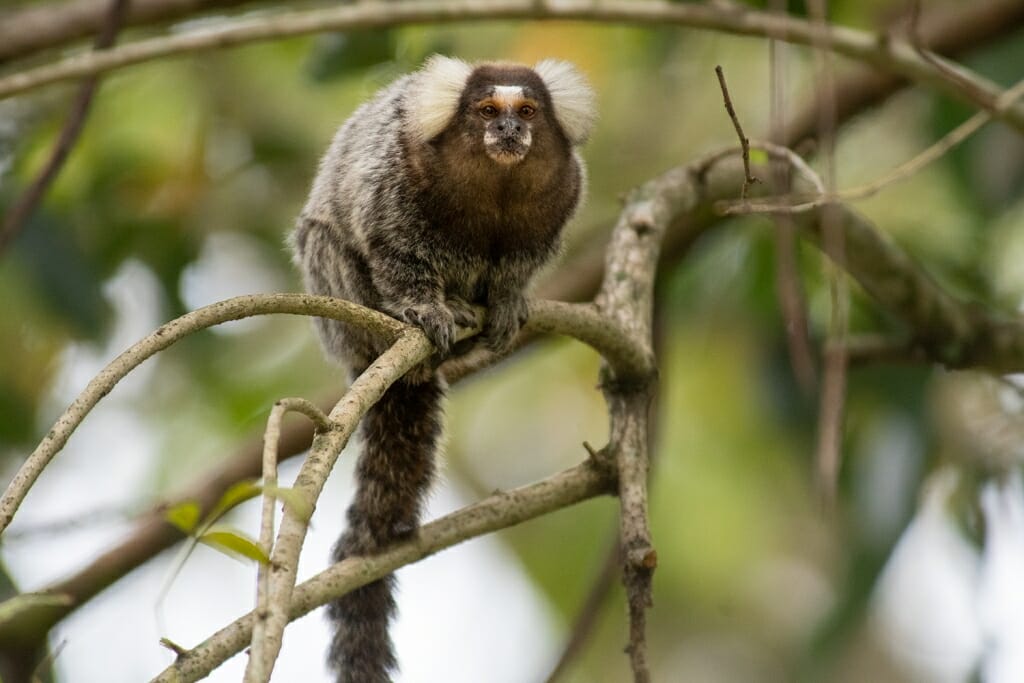
Native Brazilian animals and the best places to see
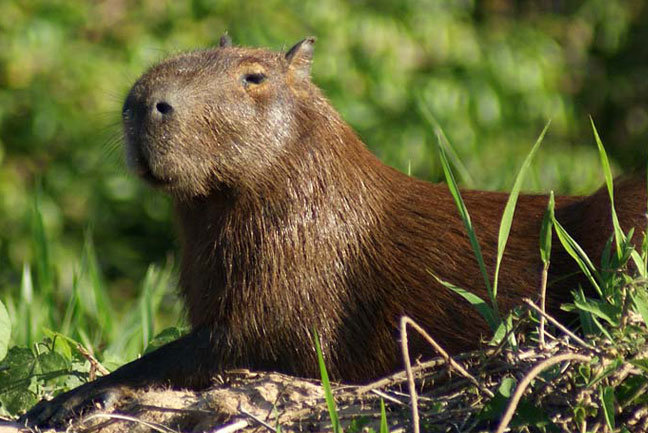
Rio & the wildlife of Brazil Tribes Travel AITO

The Toucan. In the Botanical Garden in Rio de Janeiro
Saving endangered Brazil monkey an environmental success story

Common marmosets at the Sugarloaf Mountain in Rio de
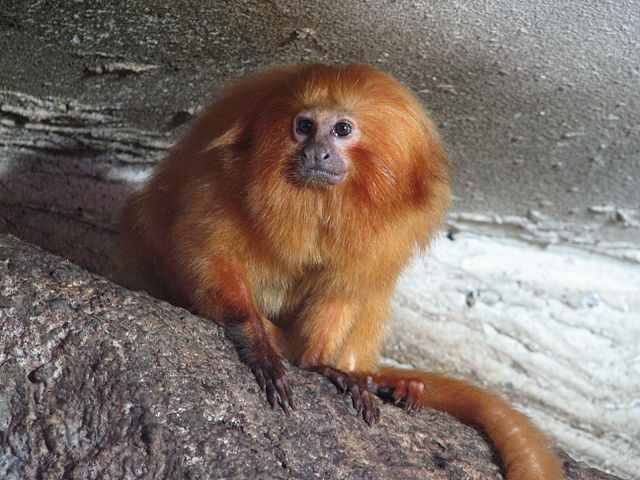
Brazil Conservationists Help Endangered Species List

Toucan Amazon river, Bird and Animal
Zoológico de Rio de Janeiro Rio de Janeiro, Brasil

Rio de Janeiro, Brasil New world, Primates, Animals
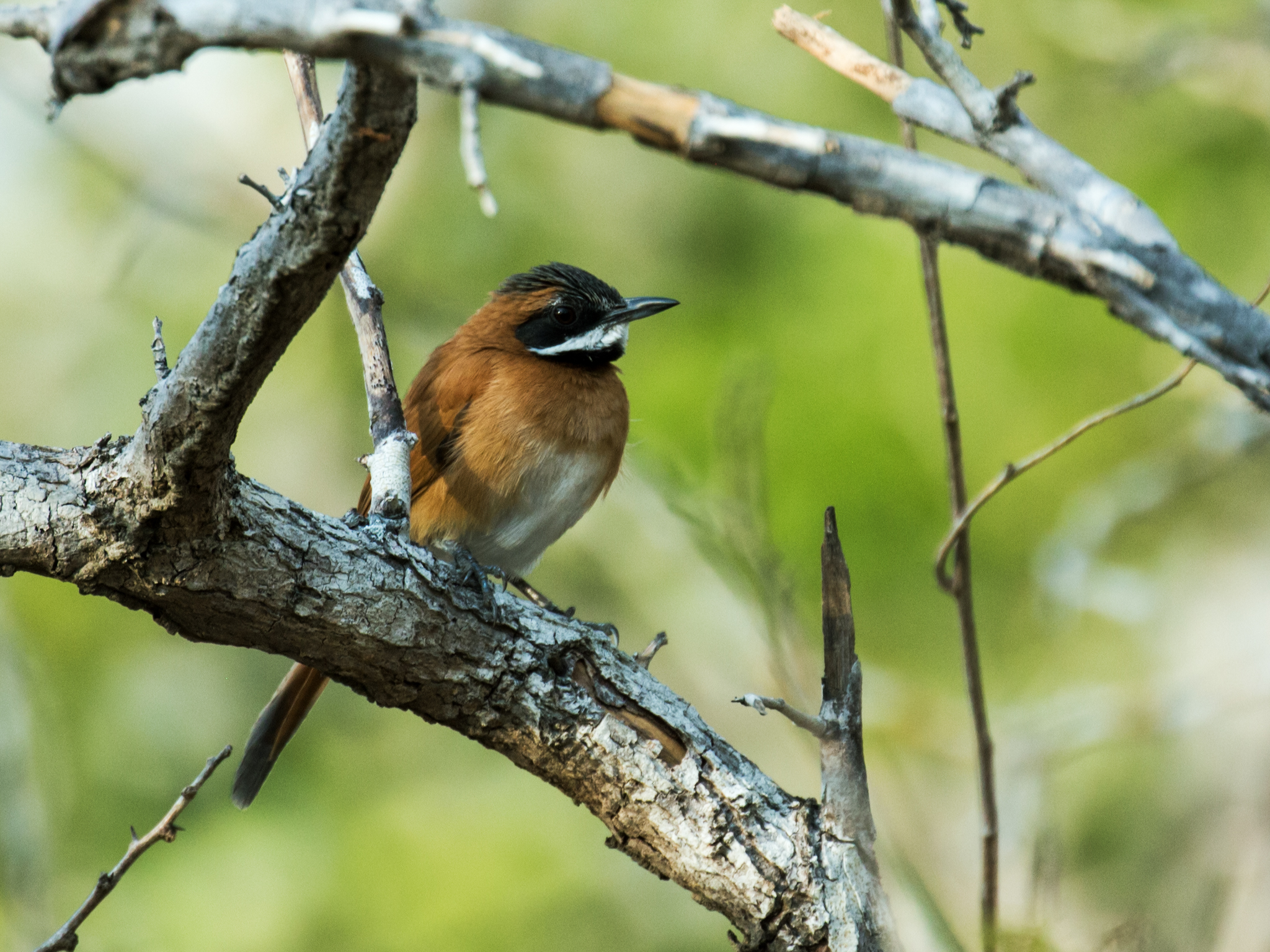
Bird Watching and Birding in Rio de Janeiro Rio de

Animals in Rio de Janeiro YouTube
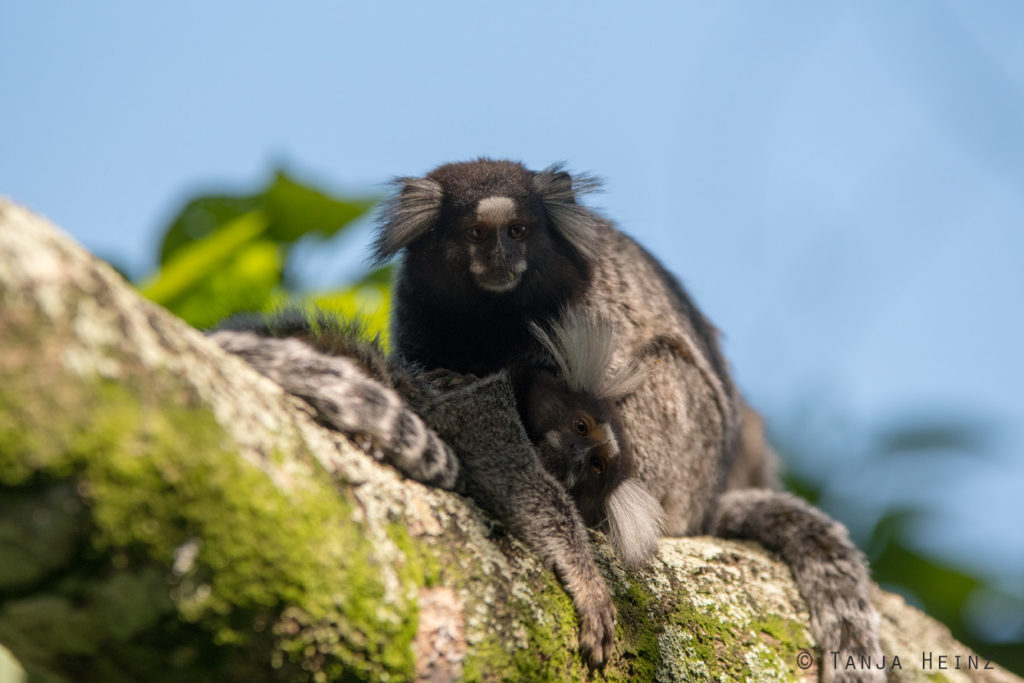
)
